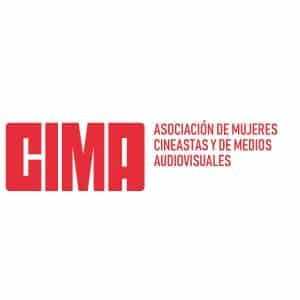The Film Festival was able to work miracles even under Franco’s censorship. Or, at least, that was the case with Stanley Kubrick‘s A Clockwork Orange, as it managed to be screened, despite Valladolid’s reputation as a conservative city, and it did so at a time when films that were banned here, on this side of the Pyrenees, were being screened in the south of France. The Spanish premiere of one of the most controversial films in the history of cinema took place at the Seminci in 1975, three and a half years after its release in the United States and Great Britain.
How was this possible?
The documentary A Forbidden Orange, by Pedro González Bermúdez, manages to unravel the mystery. And it does so at the Seminci Festival, just when Kubrick’s controversial work turns 50, at the hands of a filmmaker who was born in 1975, and also at Carrión Theatre, where it had its premiere open to the public in that 20th edition of the Seminci Festival in 1975 at the end of the Franco Regime.
“In those years we had a first screening of films at the Avenida cinema and the second ne was at Carrión Theatre, which was already open to the public. The first screening was a season ticket, at a time when season tickets were bought years in advance. But that first screening of A Clockwork Orange had to be done at Coca Cinema, with capacity for 1,300 or 1,400 people, because the Avenida Cinema had burnt down,” explained Carmelo Romero, then director of the Film Festival in 1975, during the colloquium held after the screening of the documentary on the first day of this 66th edition of the Festival.
On the stage of the Carrión Theatre, next to him, was the director of A Forbidden Orange, Pedro González Bermúdez, and the protagonist of A Clockwork Orange, Malcolm McDowell, flanked by the presenter of the session and McDowell’s interpreter. Amidst the applause of an absolutely devoted audience, the three of them unravelled some more of the mysteries revealed in the documentary about Stanley Kubrick’s film, as well as answering questions from the audience with a good number of juicy anecdotes.
A little lie to convince Stanley Kubrick
To begin with, the Seminci Director at the time lied to Kubrick, as the documentary reflects, and as was confirmed live. He assured him that his film would only be screened at the University of Valladolid, knowing beforehand that it was not going to be like that, that it was going to be treated like other films included in the Festival schedule. First, a paid screening at the Avenida/Coca Cinema and then, the screening at the Carrión Theatre. “The lie is less if one takes into account that almost a hundred percent of the spectators, after all, were students,” explained Romero.
It could be said that a year before Stanley Kubrick had himself played a trick on the Seminci Director, when everything ready for the screening of the film in 1974, Kubrick asked Romero for the reels to send him another set of better quality, but he never returned it. A perfectionist to the point of obsession, perhaps the projectors in the cinemas in Valladolid did not seem good enough for the film to offer the maximum quality during the screening; or perhaps he had reservations about the consequences of the dictatorship and its censors. Both hypotheses are being considered. But the fact is that on this occasion the censors didn’t say a word.
A censorship that did not censor
More than a year before, Warner Bros. had offered the film to Seminci with the approval of the Superior Board of Cinema Censorship. The Franco Regime not only tried to open up, but also sometimes tested the reaction of the public in sufficiently limited environments. The same happened to production companies, which turned to festivals to check whether their films were well received or not.
A Clockwork Orange was an absolute success and Kubrick never complained about the lie. His film was not liked by everyone, but the graphic material from 1975 shows the very long queue of students waiting to get their tickets, mainly because in Spain, at that time, it was enough for a film or a book to be censored to raise great expectations. “It was great for the festivals, to be honest. When the censorship ended, we had many more challenges in creating that interest with our programming,” explained Romero.
Unequal reception
Thousands of people were left without tickets. Among others, all the relatives, acquaintances and commitments the owner of Carrión Theatre at the time had, among whom he had distributed all the tickets before they went on sale. All of them. Romero invalidated that print run and ordered new tickets to be printed for all the students who had spent the night queuing, so that they could opt for 2 tickets each, no more. So, the theatre owner’s acquaintances, who suddenly found a “fake” ticket in their pockets, were joined by several hundred more frustrated cinemagoers, who couldn’t get one of the new ones either.
However, the film did not please all spectators, some of whom were overwhelmed by the scenes of explicit violence.
This question, violence, was one of the central themes of the discussion after the screening of the documentary. Pedro González agreed that in Kubrick’s film there are two clear types of violence: personal and physical violence, which is applied in extremely harsh scenes, and state violence, which is more subtle, “to completely dominate the staff,” in Romero’s words. At this point underlies the concept that interests the film, that of free will.
But what would happen to that screening, say, in 2020?
Self-censorship in the 21st century
The director of A Forbidden Orange included a small experiment in his documentary: the screening of A Clockwork Orange to a group of current university students who had heard of the film but had not seen it. The reaction, regardless of the individual assessment, was unanimous: “In this day and age it would be impossible to make a film like this. Not even the producers would dare to make it,” they said.
That is one of the fragments of the documentary that most attracted the attention of part of the audience, as one of the viewers remarked. The filmmaker himself was surprised by the reaction, and by this “self-censorship,” in his own words, that the politically correct times seem to impose. And the difference with those young people of the 70’s seems evident.
At this point, Malcolm McDowell, who had till then been displaying a hilarious sense of humour, turned serious: “I’m not very optimistic about the present and the future. I’m British and American, but I live in America, and sometimes there’s a very rarefied climate because of the attitude of political leaders. Trump hasn’t gone away completely, and it’s very difficult for young people to deal with an environment full of fake news and half-truths,” he said.
For the protagonist of A Clockwork Orange, some changes in American society are particularly disturbing: “Racism has returned with great force there. And then there’s the siege of the Capitol, which fortunately wasn’t successful, but this kind of absurd action then has a domino effect in other countries.”
No more viewings of A Clockwork Orange
His character, Alex, was used for this study of free will and the different levels of violence, but he doesn’t seem very keen to meet him again either. “The last time I watched A Clockwork Orange was in Cannes, on the 40th anniversary of the film. And that time was really going to be the last. That’s enough,” he said.
His words make it clear, however, that this review by Pedro González, to which he contributes as narrating voice, has been worth the experience: “It’s not an easy documentary to direct and Pedro has done it with great talent. Valladolid, as a city, should be proud of what was done almost 46 years ago with this film.”
And, in closing, and at the request of the audience, some of McDowell’s preferences: as a film, Fargo. As a director, Tarantino. As an actor, James Cagney.
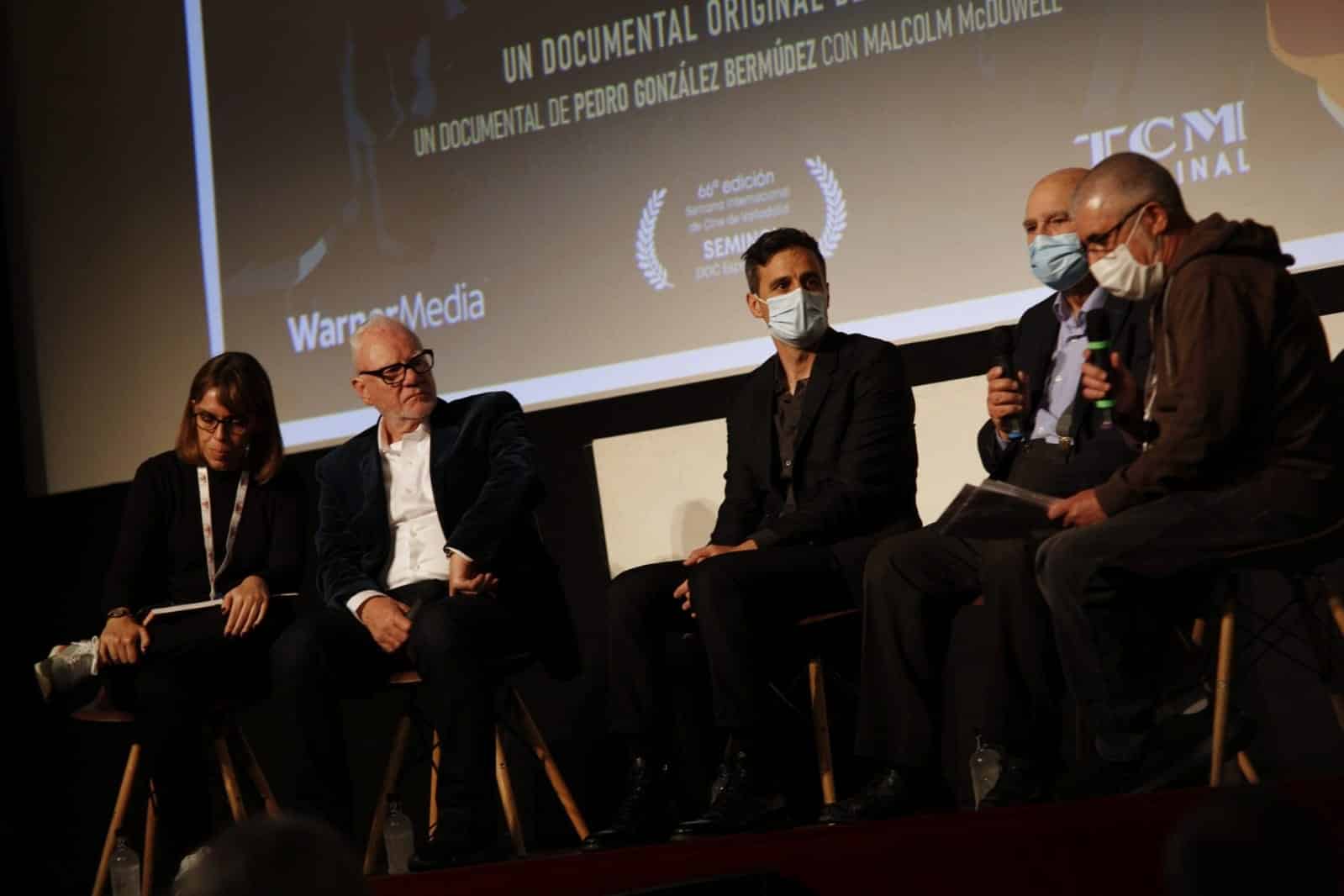
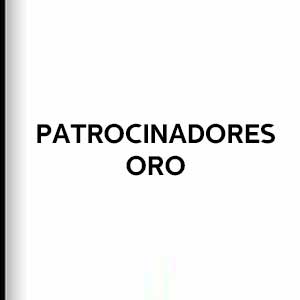



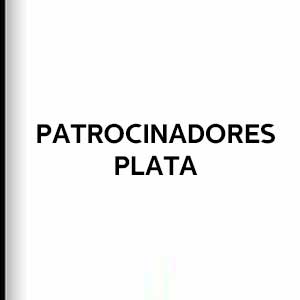



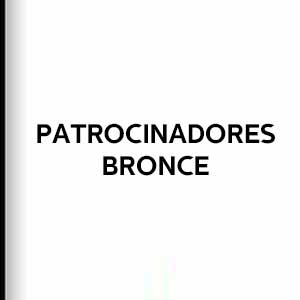









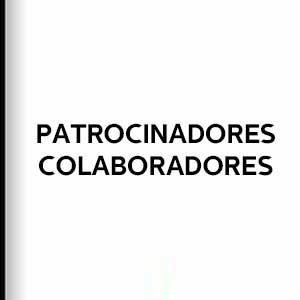







![Logo Foro Cultural de Austria Madrid[1]](https://www.seminci.com/wp-content/uploads/2024/09/Logo-Foro-Cultural-de-Austria-Madrid1-300x76.jpg)






